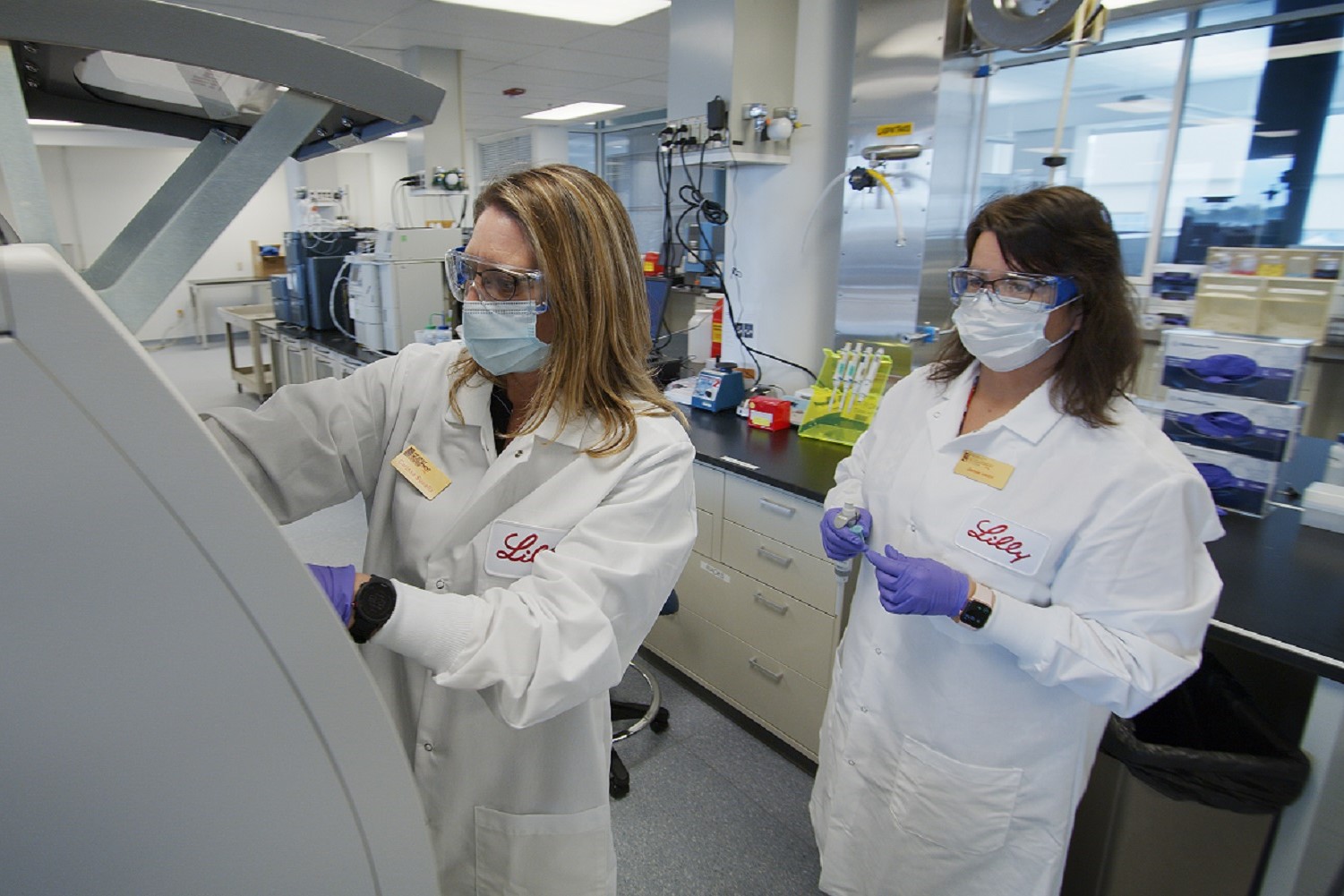A group of researchers has mapped out how Parkinson’s disease develops in animals in a study that could provide clues for drug developers on how it progresses in humans.
The researchers, led by Dr. Virginia M.-Y Lee, the director of the Center for Neurodegenerative Disease Research and professor of Pathology and Laboratory Medicine at the Perelman school of Medicine at the University of Pennsylvania, wrote up the study in the Journal of Experimental Medicine.
The alpha-synuclein protein or “a-syn” forms into clusters called Lewy bodies in neurons of people with Parkinson’s disease and other neurodegenerative disorders. An earlier study found that irregular versions of this protein, called fibrils, can induce normal a-syn to “misfold” and aggregate.

With the Rise of AI, What IP Disputes in Healthcare Are Likely to Emerge?
Munck Wilson Mandala Partner Greg Howison shared his perspective on some of the legal ramifications around AI, IP, connected devices and the data they generate, in response to emailed questions.
Although the accumulation of misfolded proteins is fundamental in the development of neurodegenerative diseases, the factors that trigger aggregation of a-syn proteins are poorly understood, a statement from Penn about the study said.
When the irregular a-syn proteins from mice with Parkinson’s disease were injected into symptom-free mice with Parkinson’s disease, along with synthetic a-syn fibrils, the Penn team saw that misfolded a-syn proteins multiplied along major central nervous system pathways and traveled to areas beyond the injection sites, the statement said. It showed that synthetically produced a-syn fibrils can produce Lewy body formation and transmission of the misfolded a-syn in mice, and spread to healthy neurons.
Dr. Kelvin C. Luk, the first author of the article on the study, likened the finding to a “biochemical chain reaction.”
When the mutant protein gets inside a neuron, it recruits normal-shaped a-syn protein in the cell and causes it to misfold, and this is repeated along the extensions that reach other neurons, according to the study. The process leads to a dramatic accumulation of the abnormal protein.
“Knowing this mechanism allows for possible immunotherapies to interrupt the chain reaction by stopping the mutant protein from spreading at the synapse,” said Lee. “We think the spreading is via white-matter tracks through brain neural network connections. This study will open new opportunities for novel Parkinson’s disease therapies.”
The National Institutes of Health estimates that about 500,000 people have Parkinson’s disease in the United States and 50,000 new cases are diagnosed each year. Many biopharmaceutical companies have been developing therapeutics for the disease such as QR Pharma and Chelsea Therapeutics, and foundations such as the one started by actor Michael J Fox provide grants to fund research and drug development. But despite the success some have had in developing treatments to alleviate some of the symptoms, a cure has so far proved elusive.














